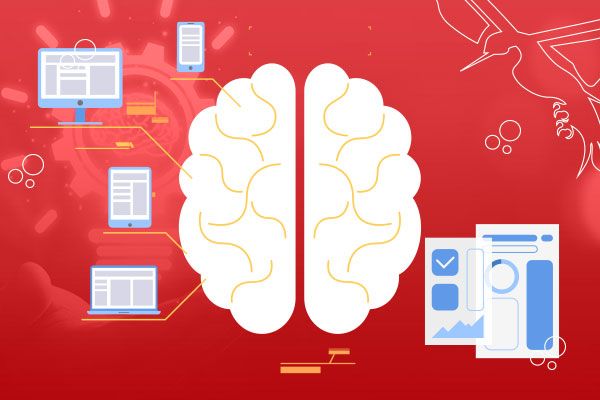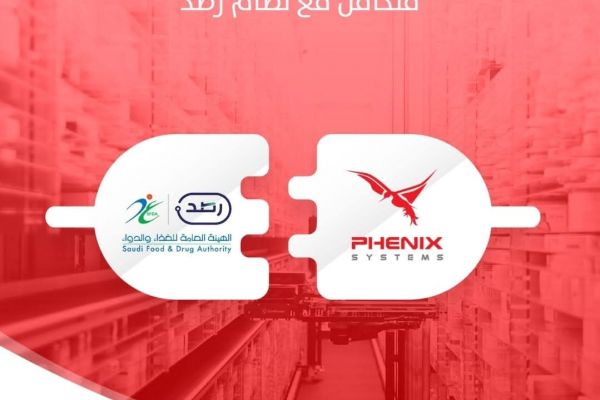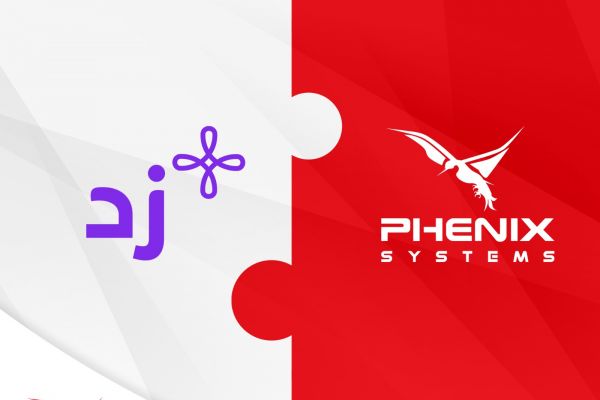Business intelligence techniques refer to the tools and processes used to analyze raw data and convert it into actionable information to better support companies' decision-making processes,
as this field has evolved significantly in the past few decades, supported by the evolution of technology and changing business needs.
What is business intelligence (BI) and how can it be used to make data-based decisions?
It is a set of techniques and practices for collecting current and past raw data and then integrating and analyzing it to present it in the form of basic reports, summaries and charts,
to help individuals and institutions build a valuable and methodological vision that is implementable, with the aim of enhancing their strategic capabilities to make integrated decisions and gain competitive advantages.
Business intelligence techniques work by using statistical analyzes of data and then converting this data into multiple sources to generate reports, and by interpreting the results of reports,
future business events can be predicted according to changing business needs and better decision-making.
What are the benefits of investing in business intelligence (BI) for companies?
Business intelligence systems provide organizations with support for quick access to actionable information, obtaining a comprehensive understanding of their data,
converting this data into useful and regularly organized information, monitoring performance and analyzing this information, improving the decision-making process,
discovering and solving problems, in addition to identifying market trends and patterns, reducing costs and improving productivity, accelerate growth, increase profits, obtain more revenue,
study customer behavior, and ultimately gain a healthy competitive advantage over other companies.
10 tools that Phenix systems of business intelligence (BI) provide you with:
Phenix systems provide integration with advanced business intelligence solutions, to provide the best service to assist its customers in making decisions and generating actionable insights by providing them with powerful data processing and visualization tools.
The appropriate types of these tools can be determined according to the specific needs of the organization such as the sources and size of complex data sets and the level of analysis required for the company's system,
and implementing the company's solution to gain a clear understanding of its strategy,
here are some important categories and features of Phenix systems tools that integrate with business intelligence:
-
Stores and warehousing tools:
They are used as procurement planning solutions, sales reports and warehouse management, where inventory levels are tracked,
products are described and monitored and inventory turnover rates measured to verify slow-moving products and compared with blockbuster products. -
Phenix Financial Systems Tools:
The financial tools of Phenix systems help companies analyze and understand their financial statements accurately, including planning financial budgets and monitoring the quality of financial performance,
and provide a set of advanced analysis capabilities to measure the liquidity, solvency, and activity ratios of the company, and evaluate profitability and operational efficiency. -
HR management tools:
Phenix systems tools allow human resources specialists to build an organizational structure that helps companies classify their departments well, evaluate their employees, monitor and improve their performance,
in addition to providing various means of incentives, grants and compensations, which helps in developing the company's performance and increasing the effectiveness of its employees in order to achieve continuity and stability. -
Companies customer management tools:
These tools manage customer interactions and track customer data according to various parameters, including demographics, purchase history, communication preferences, and customer value,
whether permanent or temporary, allowing companies to improve their business management strategies and discover strengths and weaknesses to increase revenue. -
Sales management tools:
Phenix systems tools improve sales management performance through a comprehensive architecture that monitors sales supervisors for their representatives in managing customer interactions and tracking sales activities,
as well as these tools rely on past sales data and other external factors such as market trends, seasonal markets, and economic indicators to forecast accurate sales. -
Integration of Phenix systems with Excel:
Phenix systems allow users to activate the feature of instant connection with the database server of Phenix systems on Excel,
which helps the management to develop real-time professional reports that facilitate and speed up the decision-making process in companies, in addition to the ease and speed of export and import to and from Excel for all data displayed in Phenix systems. -
Integration of Phenix systems with business intelligence Power BI:
Phenix systems allow the integration of business intelligence capabilities into its software applications,
making it easier for customers to access and analyze their data through a simple interface that allows end users to create a visualization of this information and collect interactive reports such as charts and graphs related to it and share it easily with others. -
Phenix Cloud Tools:
Phenix cloud tools use many advantages, including scalability and ease of use, and enable companies to access their data from anywhere, facilitating collaboration and engagement across teams and departments.
-
(PTP ) Branch linking tools:
Phenix systems have tools to link the company with its multiple branches or offices.
Companies often need to link geographically distributed branches in any city or country in order to facilitate cooperation and share their data according to the company’s specific resources and needs, in addition to obtaining comprehensive reports that create a clear vision for the company and determine its directions. and its potential for development. -
API Tools:
Phenix systems enable the use of application programming interfaces (APIs) in tandem to provide a powerful tool for companies,
by linking business intelligence with different applications and data sources, which enables companies to gain a competitive advantage by making decisions based on rapid response to changing market conditions.
These are just examples of the different types of Phenix systems tools that integrate with business intelligence, and are usually customizable to match the needs and data structure of each company,
with the goal of helping their clients better understand and interpret their provided data, and to take good decisions that reflect the real reality and improve overall efficiency to drive company growth.
How do you get started with business intelligence (BI), and how do you determine which business intelligence (BI) tool best fits your needs and budget?
Determining the company's business intelligence strategy is the first step. Once the needs and goals of the business are identified, the appropriate tool can be selected,
which is often a tedious and time-consuming task. There are many steps that can be followed to select the tools that suit the company's requirements and are compatible with its budget. The steps can be followed:
-
Determine the company's needs:
Before choosing the tool, you must clearly understand the business requirements,
including the accurate identification of the main business needs, the types of basic data sources for developing the company's work, and the ability of specialists and decision-makers to deal with the new tool. -
Research and compare different business intelligence tools:
You can search online for the appropriate tools for the company and compare the strategies of business intelligence systems with their features,
how the tool works, and their different prices, including paid, free, and open source tools, taking into account what can meet work priorities and the most important features for the company and employees. -
Cost assessment:
The company's general budget must be taken into account, because some business intelligence tools are more expensive than others,
as they often contain additional features that can be beneficial to the company's work, in addition to the ongoing costs of updates, maintenance and use of the tool such as licensing fees, training costs, technical support and additional hardware. -
Ensure usability and scalability:
Choosing flexible, easy-to-use, and expandable tools as the company grows and its needs change, helps in absorbing the growing information in the future and increases the ability of the work team to use the tool effectively.
-
Tool test:
The process of testing the tool is an important point that helps verify the feasibility of that tool before making the final decision, and this can be done through a experimental project or a trial period to ensure the ability of the tool to integrate with the systems and data sources in the company.
What are business intelligence platforms and what new technologies or trends are driving their growth?
Software solutions designed to help companies use existing data architecture and develop applications that enable analysts to transform, explore and evaluate data, and provide self-service analytics, making it easy for end users to easily create their own reports and dashboards.
Business intelligence (BI) enables users to connect to a range of data sources through easy and simple user interfaces with flexible BI backend intelligence software, including NoSQL databases, Hadoop systems, cloud platforms, and traditional data warehouses, to develop a cohesive view of their diverse data.
As the growth of artificial intelligence and machine learning progresses, and as companies strive to be more data-driven, business intelligence also continues to evolve, enabling users to integrate AI insights and harness the power of data visualizations to improve productivity. Popular business intelligence platform providers include Oracle, Microsoft, IBM, and Salesforce.
What is the future of business intelligence (BI)?
Business intelligence (BI) is likely to grow in the future, with the continued development of artificial intelligence at a very rapid pace, the explosive growth of data, and the increasing use of automation.
Business intelligence will need to develop new skills and capabilities to manage the data it generates and benefit from it effectively. Thus,
companies and decision makers will be able to unlock new opportunities. It can help them compete and success in an ever-changing market.
According to the “Technical Jury”, the market for business intelligence tools is expected to double over the next five years, which represents a significant increase compared to the general trend of the business intelligence and services market,
as the market value reached $ 14.3 billion in 2018, but it reached nearly From $21 billion in 2020, and is expected to continue to grow as business intelligence solutions become an essential aspect of enterprise operations across all levels, it is expected to reach $41 billion in 2026, at a compound annual growth rate of 12%.
Finally
Business intelligence (BI) tools and techniques have become an essential role in companies to implement decisions related to data and technological progress to make smart decisions that positively affect the company, as business intelligence has become more accessible and affordable for companies,
which requires organizations to work to ensure a well-defined leadership strategy, with the presence The right people to embrace long-term change in today's highly competitive business environment.







Comments (0)